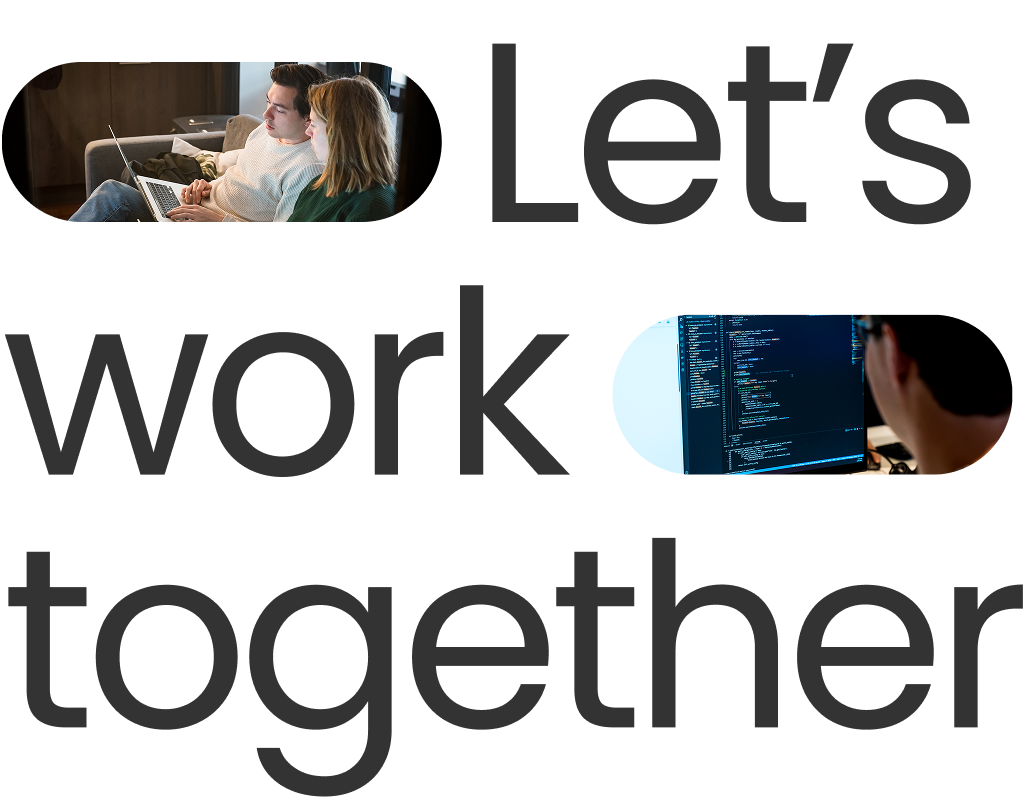

Dutch insurance agency Schadegarant is a big consortium of insurers. Each year, it receives dossiers consisting of thousands of insurance claims sent from repair shops across the country. To make sure that a claim is genuine, Schadegarant needs to spot anomalies, mistakes and fraud in its pricing.
This inspection used to be done by their specialists, who went through all the claims manually. This manual approach, however, was time-consuming, expensive and prone to inconsistencies, inaccuracies, and even bias. Therefore, Schadegarant approached Xomnia to help in automating the process with which it detected anomalies in the insurance claims that it received.
Our data engineers and data scientists designed a set of algorithms and filters which can automatically assess dossiers of car damages and highlight questionable ones. The solution that they developed is made up of four main components:
The models were trained using historical data about car problems (impacts), the types of proposed repairs and their costs.
The final outcome is a filter with a simple API interface, which can be used by the client and its distributors. New/unseen dossiers can be passed to the algorithm to retrieve an estimation of the repair costs. The outcome is a detailed result with comments about the different business rules triggered and the repair rates that triggered any of them.
If the estimation of a new dossier deviates significantly from the average deviation (both in high and low cost ranges), the dossier is considered improbable, and could qualify for being checked by an expert. Otherwise the dossier gets approved straight away, which gives repair shops the green light to start their work.
The algorithms run in real-time in a highly customized infrastructure that is built using Google Cloud Platform and is running on Kubernetes technologies. The main application is built with Python and Java. For the algorithms, the Python machine learning library Scikit-learn is used. In order to maintain the quality of the application, code is automatically built, tested and deployed via CI/CD Pipelines. The initial Gitflow strategy was later migrated to Trunk Based Development to support quicker feature releases.
Schadegarant is now able to act in a more data-driven way, relying on algorithms’ assessments regarding the necessity of deploying expensive expertise. The API works in real-time, which means that there’s no delay in anomaly detection, saving time and money that used to be spent searching for anomalies manually.
Moreover, repair shops can start their repair work straight away without having to wait for approval from Schadegarant, making the whole process quicker for all stakeholders.
